In a world where cultures intertwine and borders blur, one of the most profound ways to experience the essence of a place is through its cuisine. Food is not just sustenance; it is a language that speaks of history, tradition, and the soul of a community. This article takes you on a culinary journey, exploring the diverse flavors and stories behind some of the world's most iconic dishes.
The Spice Trails of India
Our journey begins in India, a land where spices are not just ingredients but the very essence of life. The aroma of cumin, coriander, and turmeric fills the air, creating a sensory overload that is both intoxicating and comforting. Indian cuisine is a tapestry of flavors, each region offering its unique blend of spices and cooking techniques.
In the north, the Mughal influence is evident in the rich, creamy curries and succulent kebabs. The iconic Butter Chicken, with its velvety tomato-based sauce, is a testament to the culinary prowess of the region. Moving south, the cuisine becomes lighter, with coconut and tamarind playing starring roles. The dosa, a crispy fermented crepe, served with a variety of chutneys and sambar, is a breakfast staple that has gained international acclaim.
The Art of Sushi in Japan
From the vibrant streets of India, we travel to the serene landscapes of Japan, where food is not just eaten but revered. Japanese cuisine is a study in precision and aesthetics, with each dish meticulously prepared to please both the palate and the eye.
Sushi, perhaps the most iconic Japanese dish, is a perfect example of this culinary philosophy. The delicate balance of vinegared rice, fresh fish, and a hint of wasabi creates a symphony of flavors that is both simple and profound. The art of sushi-making is a lifelong pursuit, with chefs spending years perfecting their craft. From the humble nigiri to the elaborate rolls, each piece of sushi tells a story of tradition and dedication.
The Heart of Italy: Pasta and Pizza
No culinary journey would be complete without a visit to Italy, the birthplace of some of the world's most beloved dishes. Italian cuisine is a celebration of simplicity, with fresh, high-quality ingredients taking center stage.
Pasta, in its myriad forms, is the heart of Italian cooking. From the rich, meaty ragù of Bologna to the light, seafood-infused linguine of the Amalfi Coast, each region has its signature pasta dish. The process of making pasta, from kneading the dough to shaping it by hand, is a labor of love that has been passed down through generations.
Pizza, another Italian staple, is a testament to the country's ingenuity. The classic Margherita, with its simple toppings of tomato, mozzarella, and basil, is a masterpiece of flavor and texture. The wood-fired ovens, with their blistering heat, create a crust that is both crispy and chewy, a perfect canvas for the vibrant toppings.
The Flavors of Mexico: Tacos and Mole
Crossing the Atlantic, we arrive in Mexico, a country where food is a vibrant expression of culture and history. Mexican cuisine is a fusion of indigenous ingredients and Spanish influences, resulting in a rich tapestry of flavors.
Tacos, the quintessential Mexican street food, are a celebration of simplicity and versatility. Whether filled with succulent carnitas, spicy chorizo, or fresh seafood, each taco is a burst of flavor. The corn tortillas, made from masa harina, are the perfect vessel for the myriad fillings, creating a harmonious blend of textures and tastes.
Mole, a complex sauce made from a blend of chilies, spices, and chocolate, is a culinary masterpiece that embodies the soul of Mexican cuisine. The preparation of mole is a labor-intensive process, with each ingredient carefully selected and balanced to create a sauce that is both rich and nuanced. Served over chicken or enchiladas, mole is a dish that speaks of tradition and passion.
The Sweet Endings: French Pastries
Our culinary journey concludes in France, the land of pastries and desserts. French patisserie is an art form, with each creation a testament to the skill and creativity of the pastry chef.
The croissant, with its flaky layers and buttery richness, is a breakfast staple that has become synonymous with French cuisine. The process of making croissants, from laminating the dough to baking it to golden perfection, is a meticulous one that requires both patience and precision.
Macarons, with their delicate shells and creamy fillings, are another French classic. The vibrant colors and intricate flavors of these tiny treats make them a feast for both the eyes and the palate. From the classic flavors of vanilla and chocolate to the more exotic combinations of rose and lychee, each macaron is a work of art.
Conclusion: A World of Flavors
This culinary journey has taken us across continents, exploring the diverse flavors and stories behind some of the world's most iconic dishes. From the spice-laden streets of India to the serene landscapes of Japan, the heart of Italy to the vibrant culture of Mexico, and the sweet endings of France, each destination has offered a unique glimpse into the soul of its people through its cuisine.
Food is more than just nourishment; it is a bridge that connects us to different cultures and traditions. It is a language that transcends borders, bringing people together in a shared experience of flavor and joy. As we continue to explore the world through food, we are reminded of the richness and diversity of our global community, and the endless possibilities that await us on our next culinary adventure.
In the end, a culinary journey is not just about the food we eat, but the stories we uncover, the connections we make, and the memories we create. It is a journey that nourishes not just our bodies, but our souls. So, the next time you sit down to a meal, take a moment to savor not just the flavors, but the history, tradition, and love that went into creating it. Bon appétit!




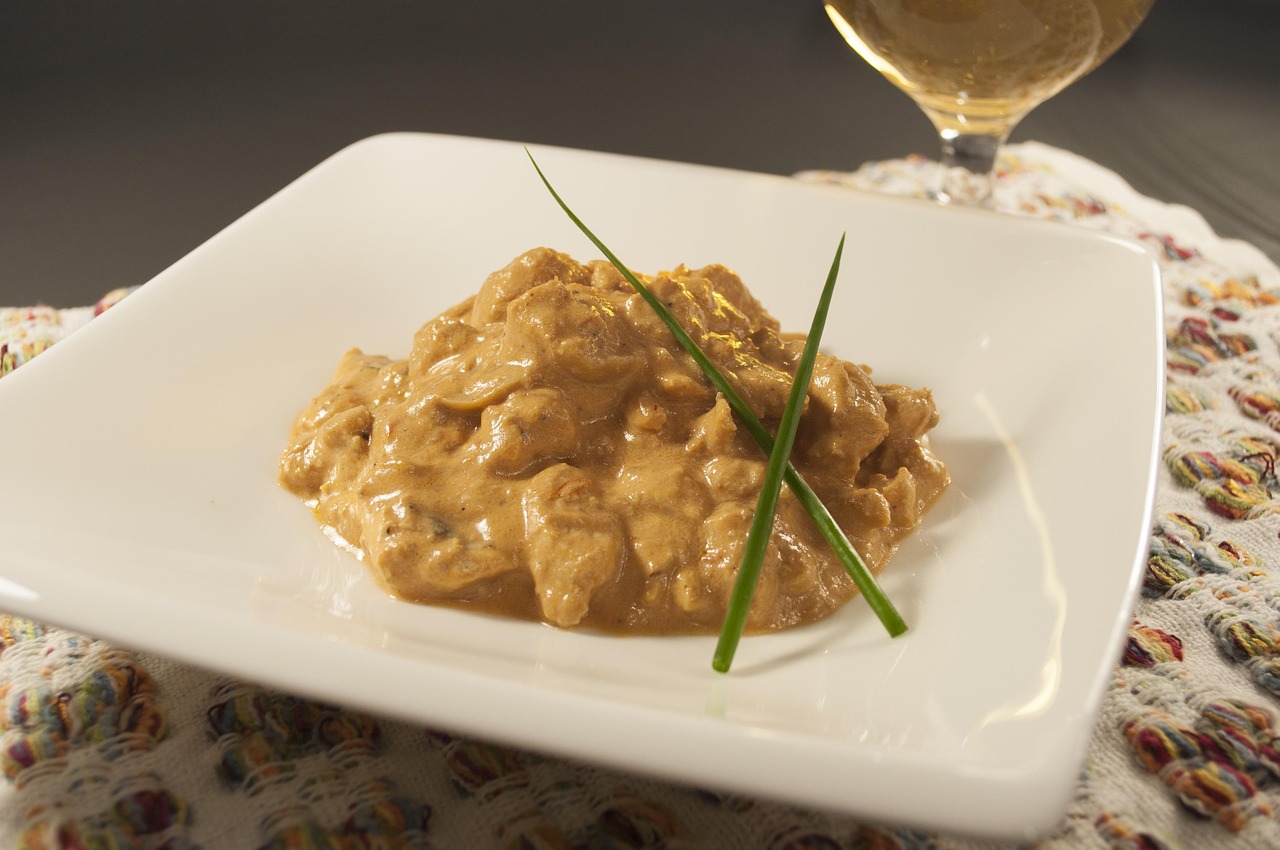




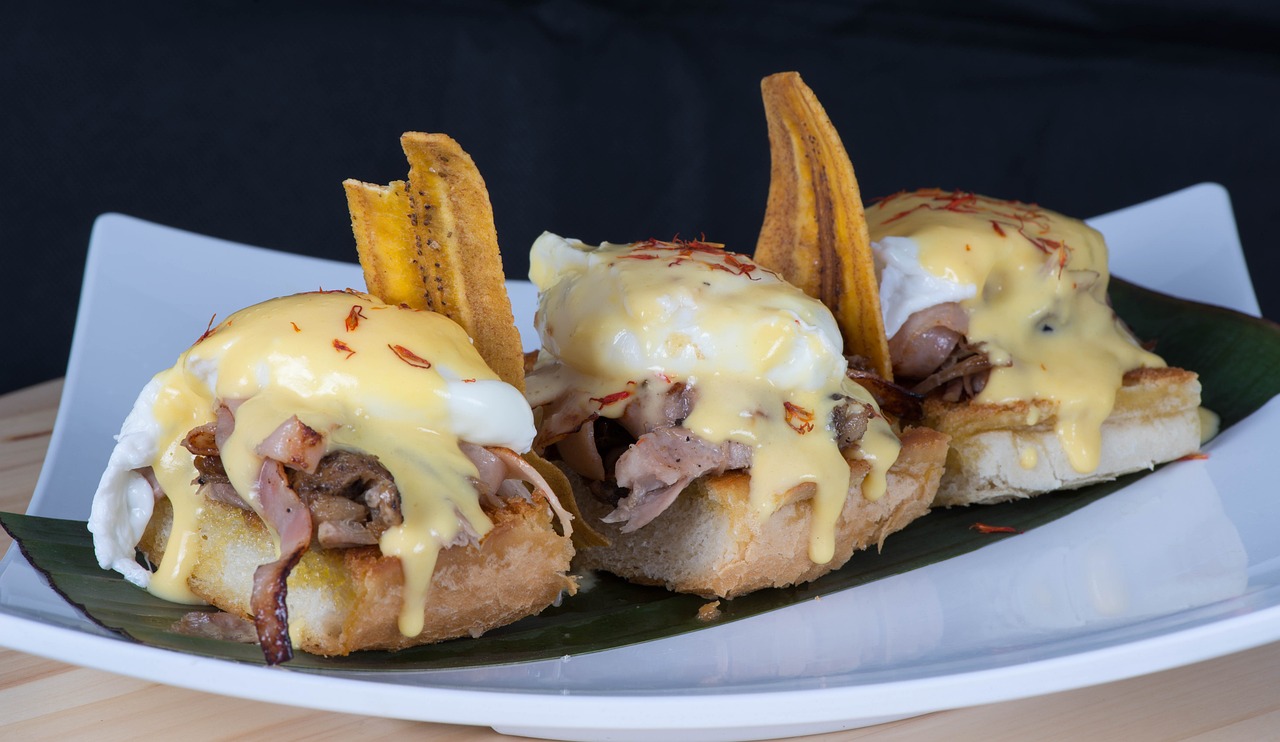
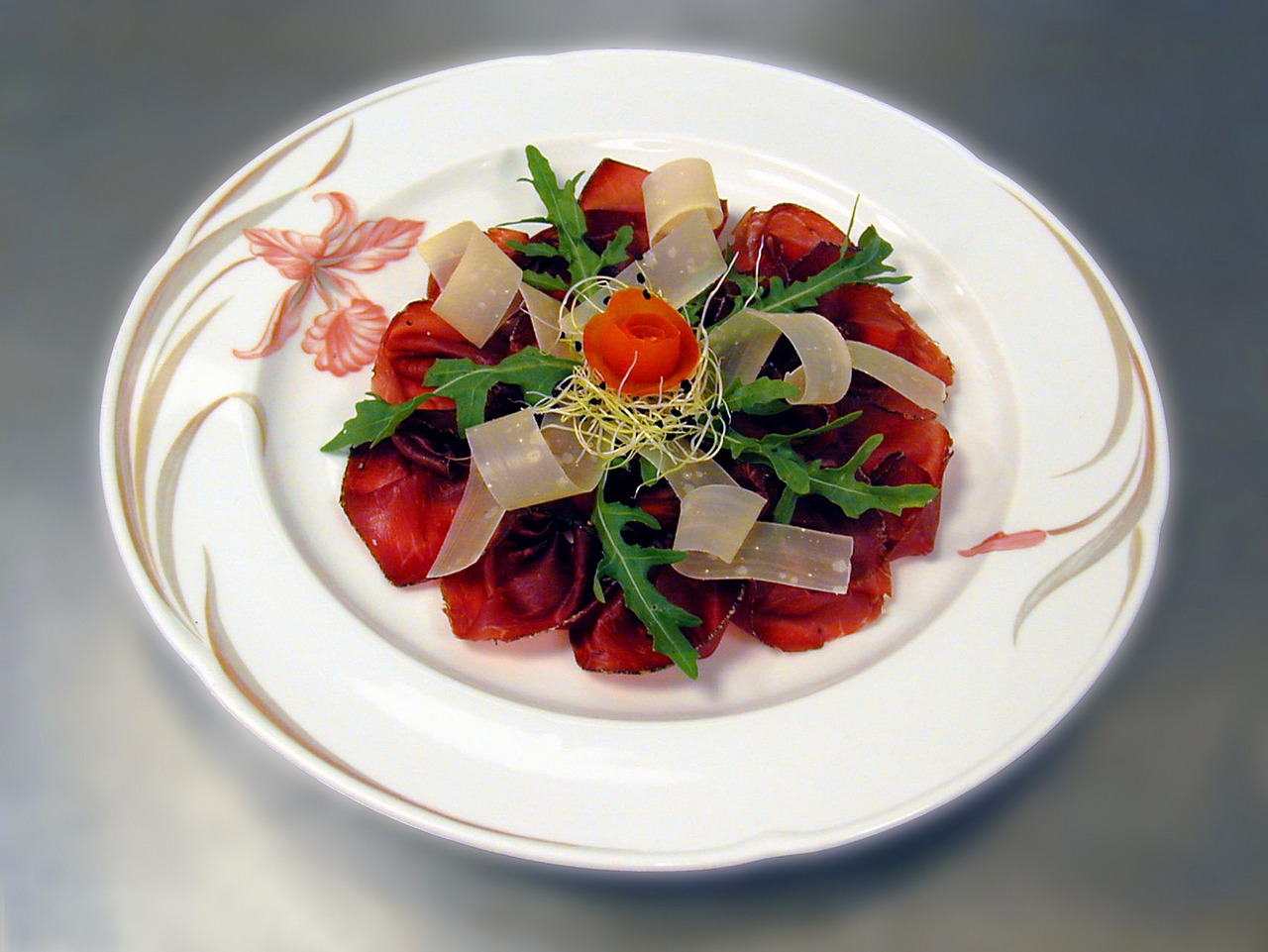
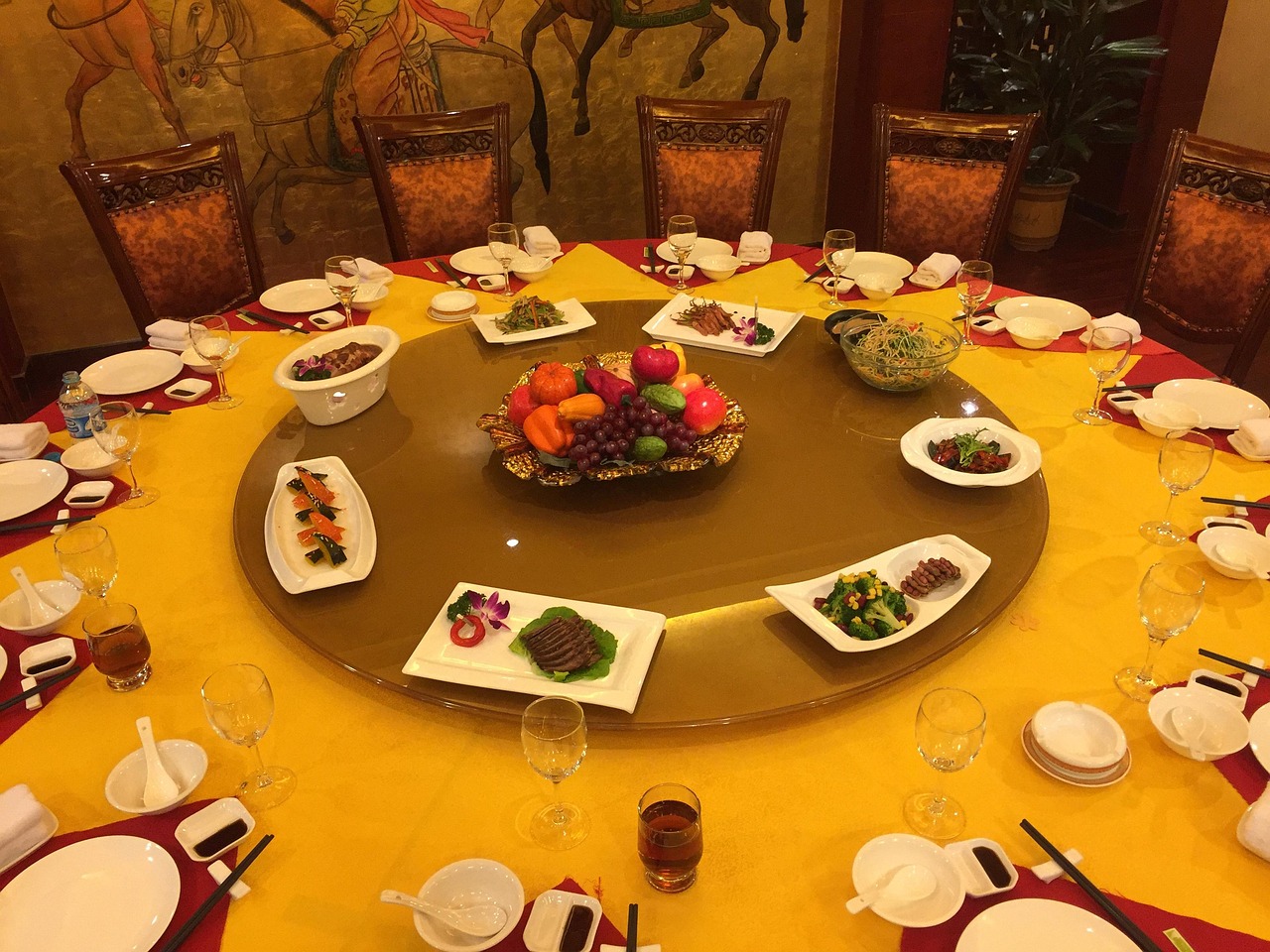
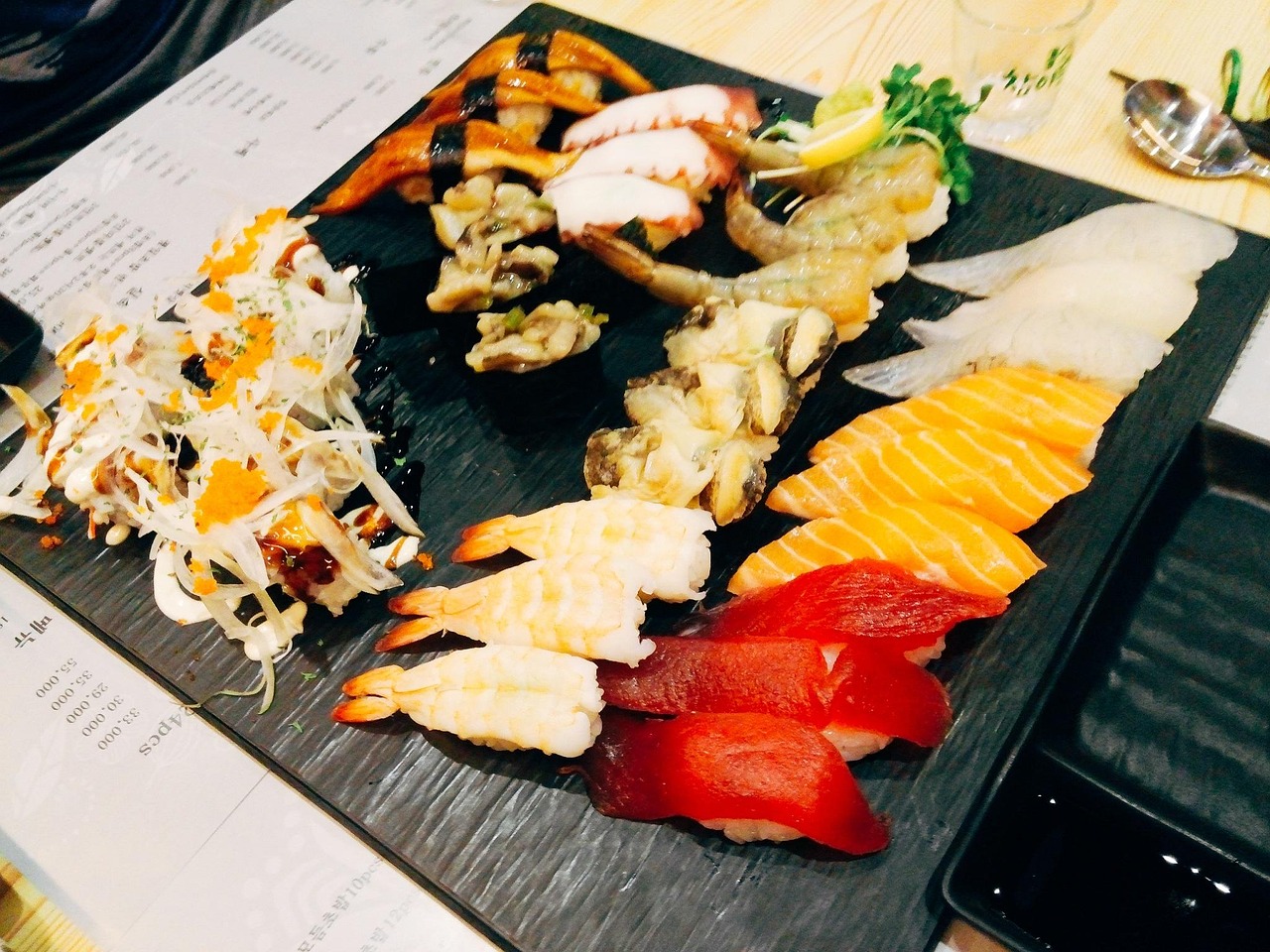
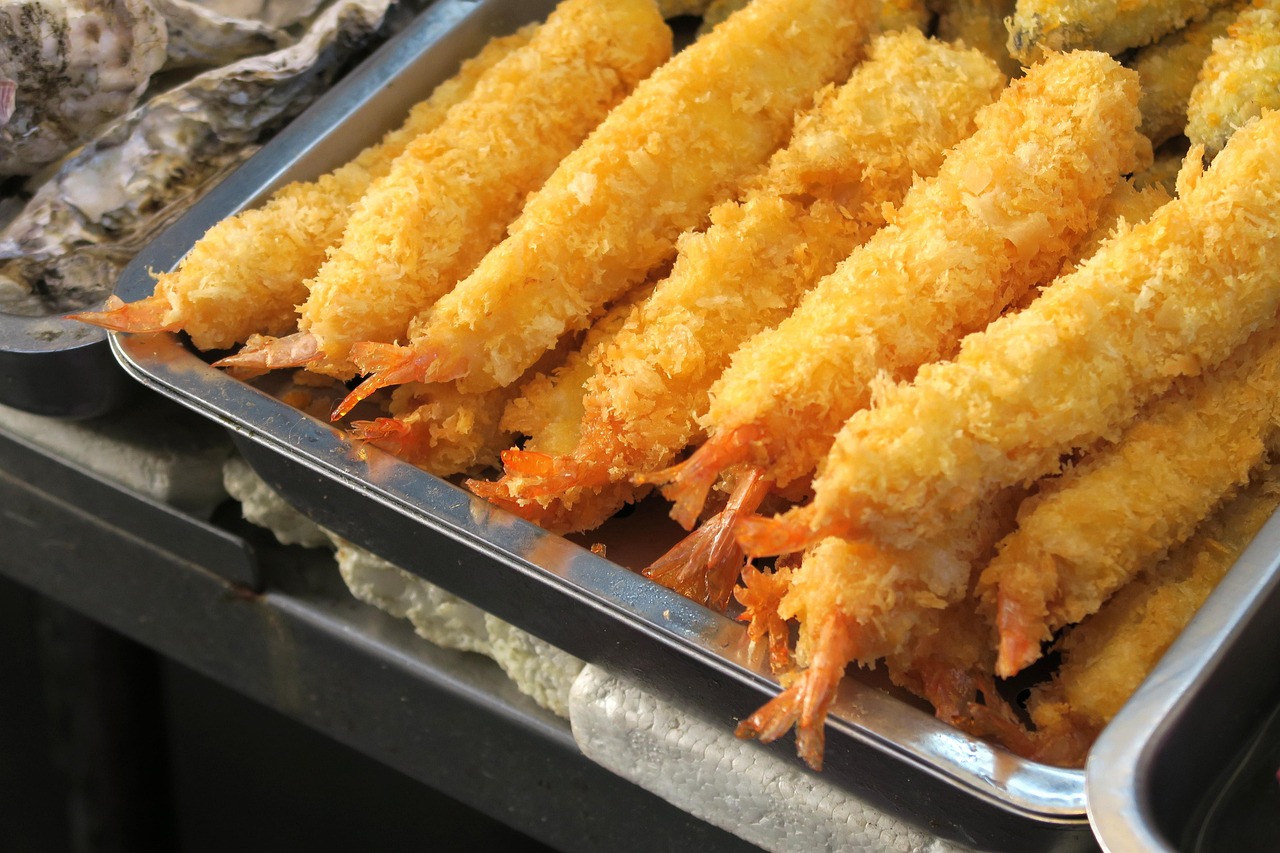
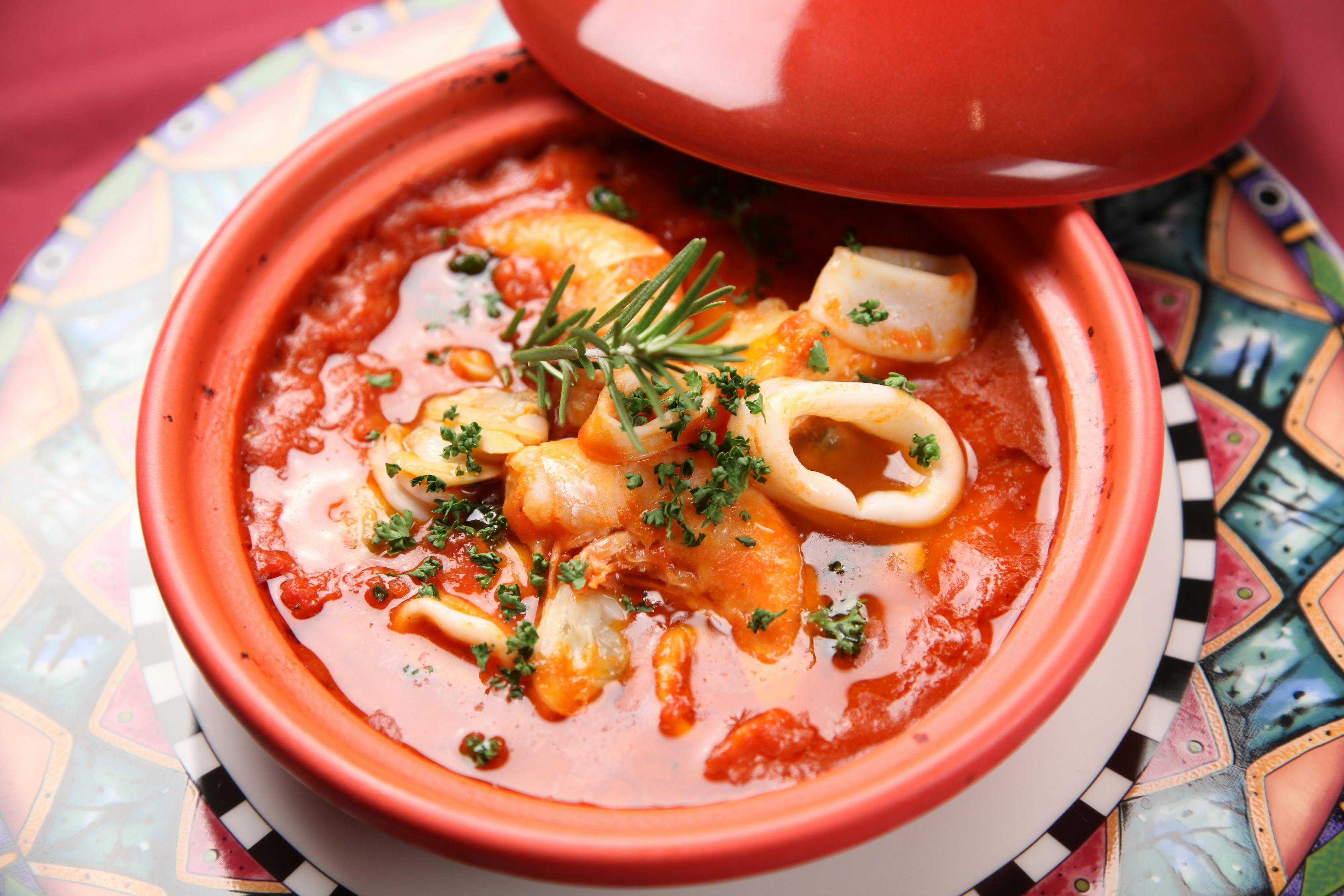
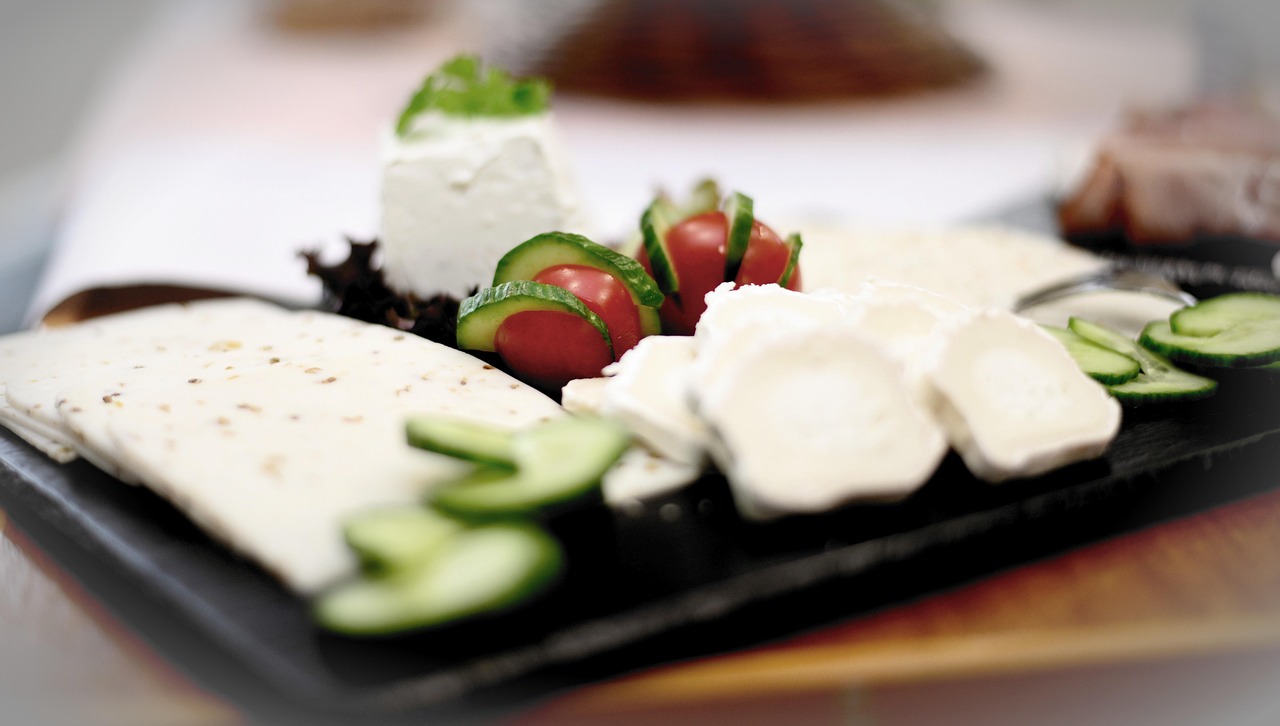
 京公网安备11000000000001号
京公网安备11000000000001号 闽ICP备2023004937号-3
闽ICP备2023004937号-3